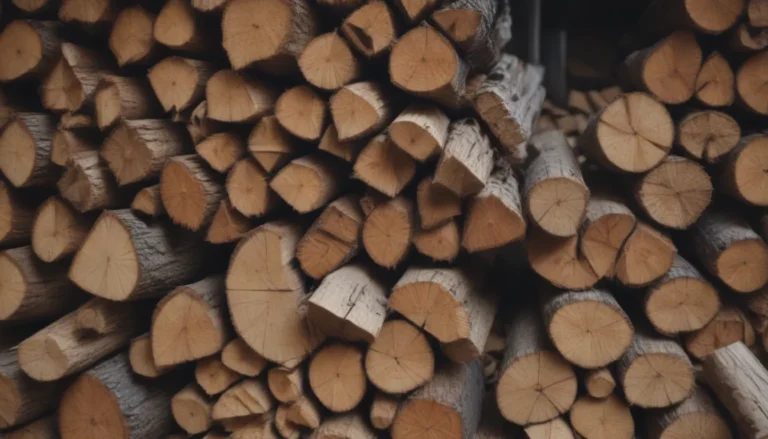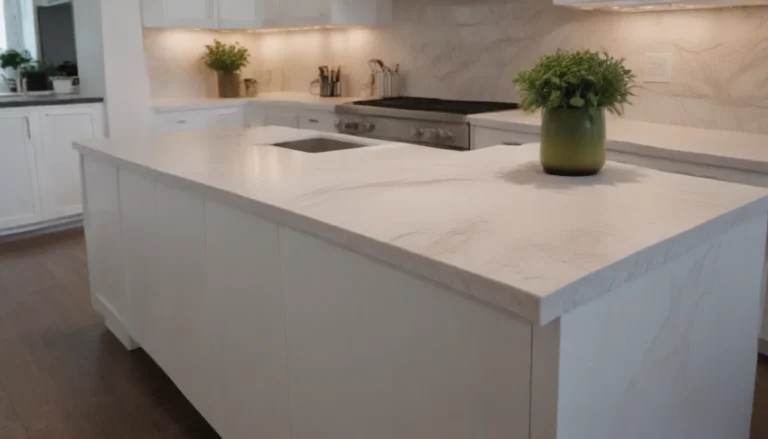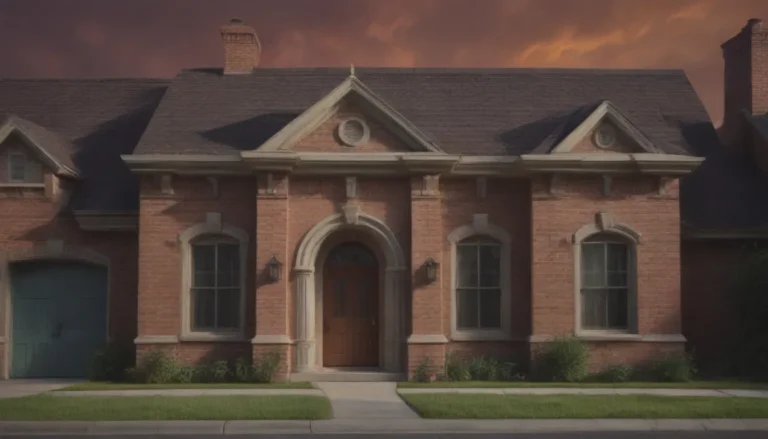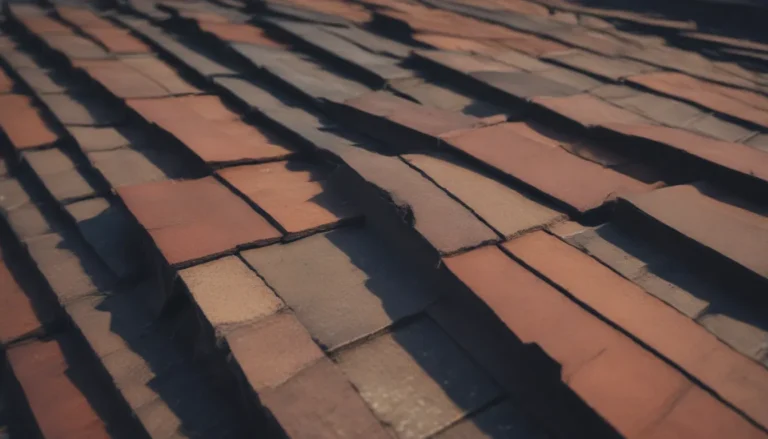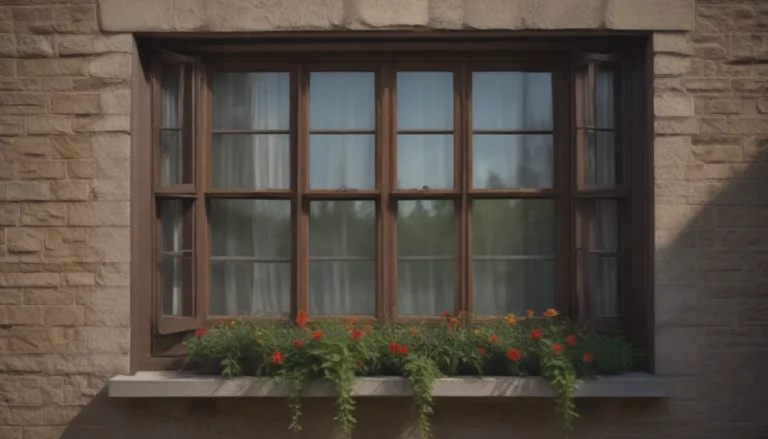Understanding the True Cost of Building a House
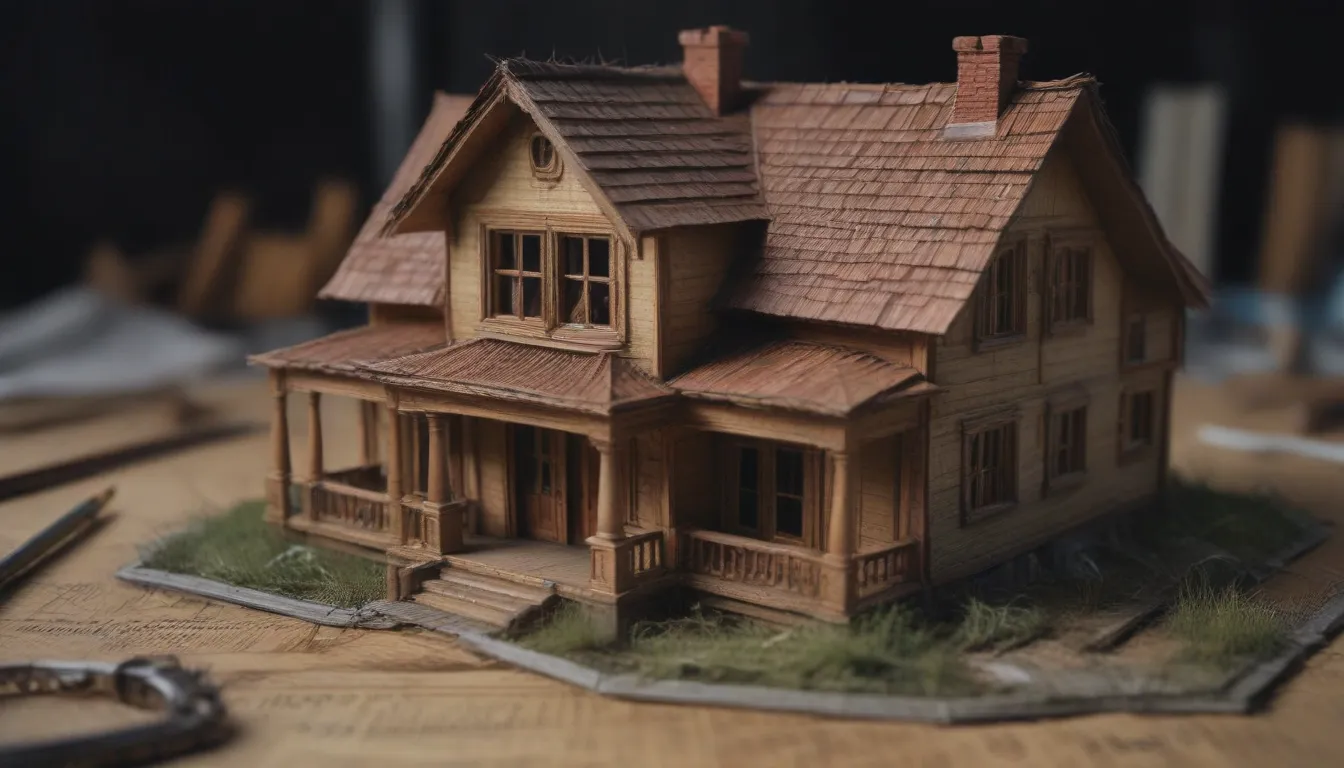
Are you considering building your dream home but unsure of the total costs involved? Building a house is a significant investment, and it’s essential to have a clear understanding of all the expenses before embarking on this journey. In this comprehensive guide, we will break down the various factors that influence the cost of building a house, explore ways to save money during the construction process, and provide valuable insights to help you make informed decisions. Let’s dive in!
Cost Analysis: Factors Influencing the Total Cost of Building a House
The national average cost to build a house sits at around $520,500, but this figure can vary significantly based on several key factors. Understanding these cost influencers is crucial for creating a realistic budget and avoiding unexpected expenses. Here are some critical factors to consider:
- Cost of Land: The average cost to construct a house is approximately $392,240, excluding the cost of land. Land prices can vary depending on location, size, and other factors, with an average 0.4-acre lot costing around $114,620.
- Builder’s Fees: Additional sales costs such as overhead, marketing, sales commissions, and profit can add up to $137,900 to the total building cost, bringing it to $644,750.
- Size and Design: The total square footage, design complexity, and layout of the house can significantly impact construction costs.
- Interior Finishes: Projects like insulation, drywall, trim, doors, painting, lighting, cabinets, countertops, appliances, and flooring can represent a substantial portion of the building cost.
- Cost of Labor: Labor expenses for framing, electrical work, plumbing, and HVAC installation contribute to the overall cost.
Understanding Cost Breakdowns and Per-Room Expenses
Breaking down the cost of building a house into specific categories can provide valuable insights into where the majority of expenses lie. Here’s a breakdown of some common cost categories and average expenses associated with each:
- Interior Finishes: Close to 24% of the total building cost—approximately $94,300—goes towards interior finishes, including various projects like trim, flooring, and cabinets.
- Foundation Work: Essential tasks like grading, excavation, foundation building, concrete pouring, and backfilling can cost around 10% of the total building cost.
- Electrical and Plumbing: Electrical and plumbing work typically accounts for a significant portion of construction expenses.
- Per-Room Costs: Calculating per-room expenses can help homeowners make informed decisions about room sizes and layout adjustments to manage costs.
Strategies to Save Money During the Home Building Process
Building a house can be costly, but there are several strategies you can implement to optimize your budget and save money. Here are some practical tips to help you reduce construction expenses:
- Pare Down Its Size: Reducing the overall size of the house can lead to significant cost savings. On average, every 100 square feet reduction in size lowers the total cost by $20,300.
- Choose a Simple Layout: Opting for a straightforward floor plan with conventional elements can help minimize construction expenses.
- Do Some Work Yourself: Taking on some DIY projects can lower labor costs and reduce contractor fees.
- Choose Trends Wisely: Select timeless design elements that will stand the test of time, avoiding expensive trends that may quickly become outdated.
- Buy Less Expensive Appliances: Research budget-friendly appliance options that offer the features you need at a lower cost.
- Avoid Changes If Possible: Limiting change orders during construction can help prevent unexpected additional expenses.
- Reduce Builder Sales Costs: Shop around for builders who offer competitive rates on sales commissions, marketing, and profit margins.
Professional vs. DIY Work: Maximizing Cost Savings
Depending on your skills and resources, you may have the option to undertake certain projects yourself, potentially reducing the overall cost of construction. From interior finishes to exterior landscaping, there are various tasks you can tackle to save money. Here are some areas where homeowners can consider DIY work:
- Interior Finishes: Installing floor coverings, painting, or finishing the basement are DIY-friendly projects that can result in substantial cost savings.
- Final Steps: Contributing to exterior projects like building patios, planting trees, and painting the house can help lower expenses.
Conclusion: Balancing Cost and Quality in Home Construction
While building a house involves significant financial investments, careful planning and strategic decision-making can help you manage costs effectively. By understanding the factors that influence construction expenses, exploring cost-saving strategies, and considering the option of DIY work, you can create a budget-friendly building plan without compromising on quality or design. With the right knowledge and approach, you can turn your dream home into a reality while staying within your budget constraints.
In conclusion, building a house is a complex and multifaceted process that requires careful consideration of various cost elements. By taking a proactive approach to cost analysis, implementing cost-saving strategies, and making informed decisions throughout the construction journey, you can achieve your goal of building a home that meets your needs and aligns with your budget. Remember, thorough research and planning are key to a successful and cost-effective home building experience. Happy building!
